The Allure of Science Fiction: Visions of Our Future
Written on
The Future Through the Lens of Science Fiction
Science fiction presents a fascinating paradox. It depicts astonishing technological advancements that often never materialize—think of concepts like hibernation, interstellar travel, and flying vehicles. Yet, it tends to overlook the innovations that genuinely reshape our existence. So, what compels our fascination with science fiction?
Is it the eternal battle between light and dark? The complex dilemmas that arise when these conflicts are projected into future scenarios? The trials of a protagonist facing insurmountable challenges? Or perhaps the myriad emotions—love, treachery, fear, and heroism—coupled with high-stakes action that fill these narratives?
While these themes resonate with us, they are not the sole reason for our love of this genre. The real allure lies in its capacity to project visions of the future. Authors and filmmakers digest the present, infused with contemporary technologies, and propose future scenarios where these innovations evolve or are replaced by even more advanced creations. This speculative process often incorporates social issues and environmental challenges, vividly illustrating the potential consequences of unchecked technological growth.
Even in the bleakest futures painted by science fiction—where humanity faces nuclear devastation or ecological collapse—there remains an abundance of sophisticated technologies. Characters navigate these worlds with the same ease that we now experience with smartphones or everyday vehicles. Whether these technologies endured through calamity or emerged later, they remain defining features of the genre.
The foundation of science fiction's appeal is the belief that the remarkable scientific and technological progression witnessed over centuries can continue indefinitely. For instance, the leap from the Wright brothers' historic flight in 1903 to the Apollo 11 moon landing in 1969 encapsulates this rapid advancement. In genetics, the journey from the discovery of the DNA double helix in 1953 to the CRISPR-Cas9 gene-editing breakthrough in 2015 showcases similar strides. This begs the question: why shouldn't we believe that lab-grown replicas of humans could one day be a reality?
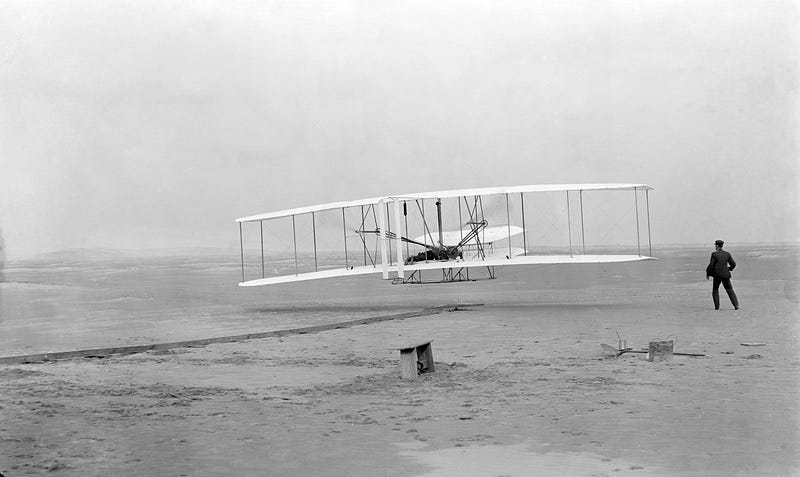
The Role of Science Fiction in Shaping Our Expectations
In essence, science fiction serves as a repository of ideas and forecasts that help us envision our potential futures. But how accurate are these predictions? Many scenarios depicted in past works of science fiction, especially those set in the not-so-distant future, now read as historical rather than prophetic.
Consider 2001: A Space Odyssey. Released in 1968, Stanley Kubrick's film is hailed as a landmark in science fiction cinema. It showcases scientifically plausible visual effects, such as innovative "grip shoes" that enable movement in zero gravity. The film also introduces early concepts of video communication, with characters engaging in video calls and playing chess against computers.
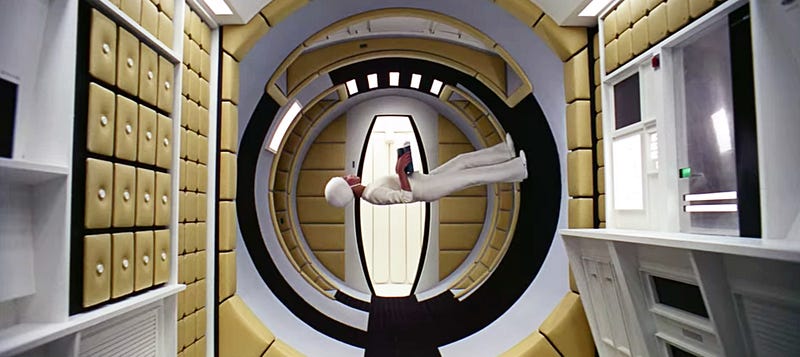
But how much of the envisioned future actually came to fruition? In truth, very little. The lunar base Clavius, central to the film's plot, is depicted as a thriving hub for scientific endeavors by 1999—yet our reality is far from this. Despite the historical success of the Apollo missions, interest in lunar exploration waned, and plans for a human settlement on the Moon have yet to materialize due to technical hurdles and prohibitive costs.
A key narrative arc in the film involves a manned mission to Jupiter's moons. Despite nearly two decades since the film's release, humanity has yet to reach Mars, let alone Jupiter. The film's portrayal of artificial gravity through centrifugal force remains purely theoretical, as the International Space Station (ISS) continues to operate in microgravity.

Moreover, the film's concept of hibernation for space travel has not become a reality. More than fifty years later, humans cannot be put into a state of hibernation for extended journeys. Researchers at Harvard are exploring mechanisms that allow certain mammals to enter a dormant state, but human hibernation remains a distant frontier.
The central conflict in 2001: A Space Odyssey—the struggle between the HAL 9000 supercomputer and the human crew—also raises questions about the feasibility of advanced artificial intelligence. Despite significant strides in computational power, we remain far from achieving a computer with HAL 9000's capabilities.
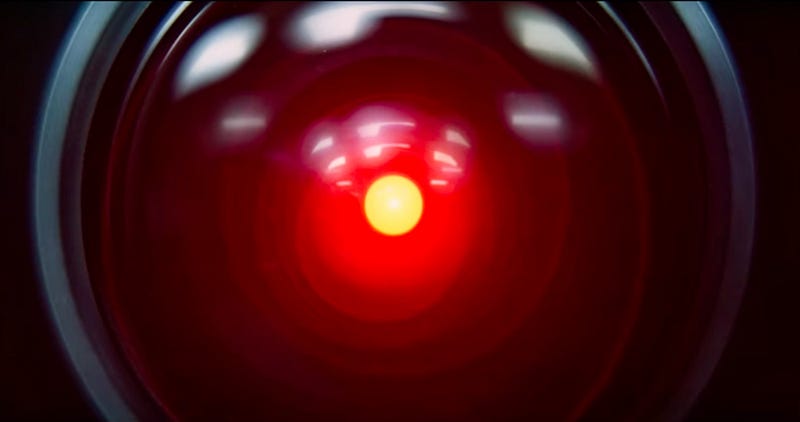
The Evolution of AI and Its Representation in Science Fiction
The concept of sentient AI features prominently in science fiction, exemplified by the Terminator series. However, how close are we to realizing such advanced systems? While we have powerful computers, their functionality is largely confined to specific tasks. IBM's Deep Blue and AlphaGo have demonstrated remarkable achievements in chess and Go, respectively, but these examples do not equate to self-aware machines. Current AI operates within parameters set by programmers and lacks the autonomy to make independent decisions.
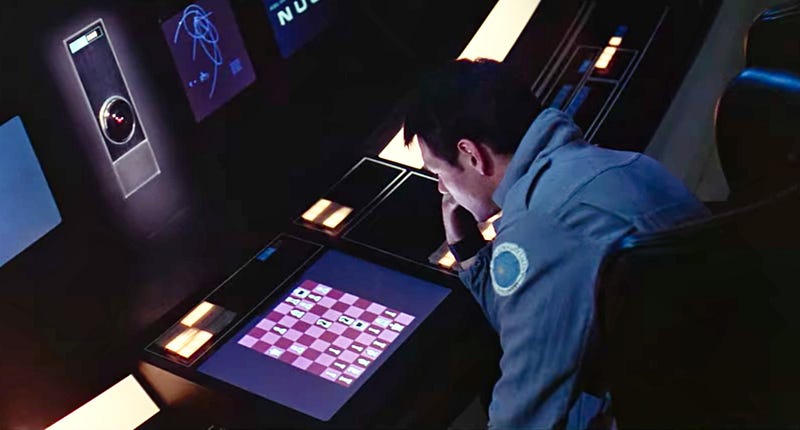
A similar exploration of future possibilities is seen in Blade Runner, released in 1982. Initially overlooked, the film has since gained a cult following, thanks to its atmospheric depiction of a dystopian Los Angeles and Rutger Hauer's iconic performance as the replicant Roy Batty.
Yet, how much of the future envisioned in Blade Runner has materialized? Remarkably little. Set in November 2019, the film's portrayal of a sprawling metropolis filled with towering structures has not come to pass. Urban centers continue to grow, but the film's vision of architecture and urban design remains a fantasy.
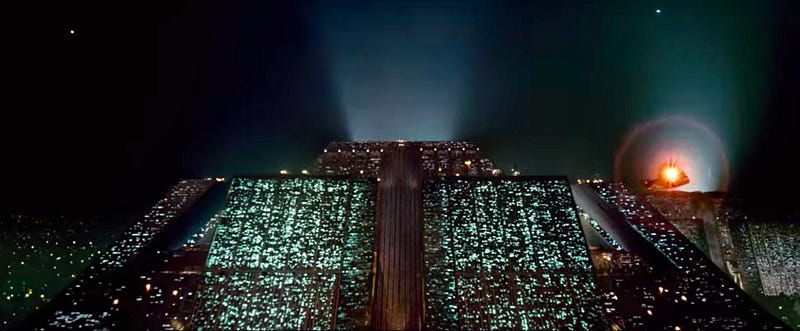
While the film's flying cars, known as spinners, represent an enduring dream of urban transport, the reality of personal aerial mobility has proven complex. Modern aircraft remain impractical for everyday use, and although drones show promise, they are still in their infancy.
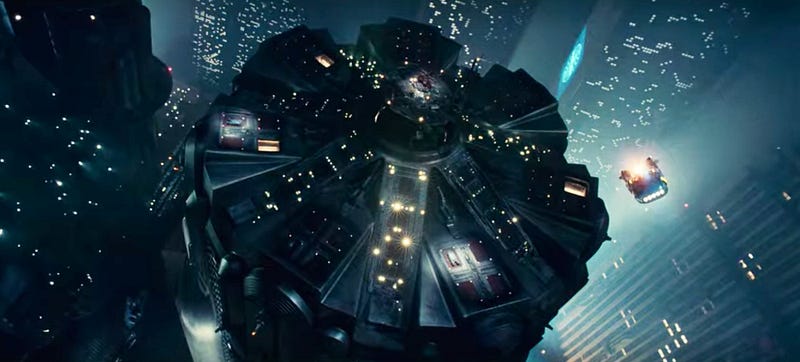
Furthermore, the film's ambitious vision of off-world colonies and genetically engineered replicants is far removed from our current capabilities. The reality of human space exploration remains confined to the Moon, and while genetic engineering techniques like CRISPR-Cas9 exist, the ethical and technological barriers to creating adult androids are significant.

The Paradox of Science Fiction
Ultimately, science fiction serves primarily as entertainment. Its value lies in its ability to capture our imagination, presenting scenarios that may be plausible based on our current understanding. However, as time passes, the inaccuracies in its predictions become glaringly apparent.
Take Blade Runner again, where the 2019 depicted features advanced technologies alongside outdated ones, such as cathode-ray tube monitors. This juxtaposition highlights the difficulty in accurately forecasting technological progress.
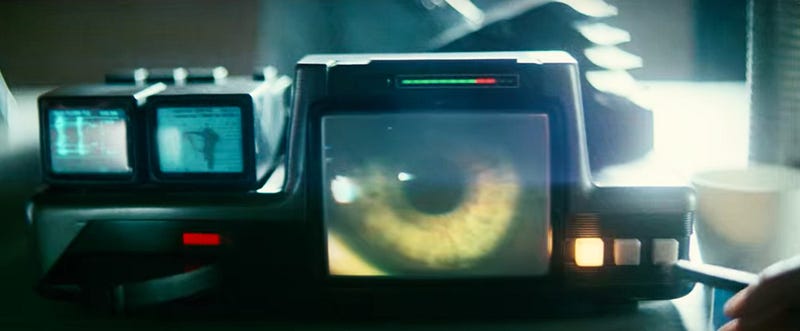
Moreover, the film's portrayal of communication technology appears outdated today. The public videophone, though innovative for its time, pales in comparison to the convenience of modern smartphones, capable of facilitating video calls at little to no cost.
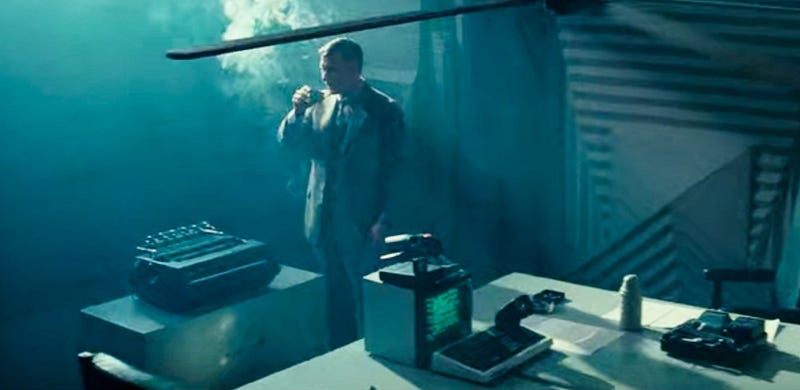
As we reflect on these cinematic visions, it becomes clear that science fiction's exploration of the future often highlights the past. Its attempts to predict technological advancements reveal not only what has failed to materialize but also what has emerged unexpectedly.
In conclusion, while science fiction can inspire and provoke thought, its capacity to accurately forecast the future remains limited. The unpredictability of technological evolution ensures that the genre retains its allure, as true foresight is elusive. If we could reliably predict the next great innovations, the magic of science fiction would undoubtedly diminish.
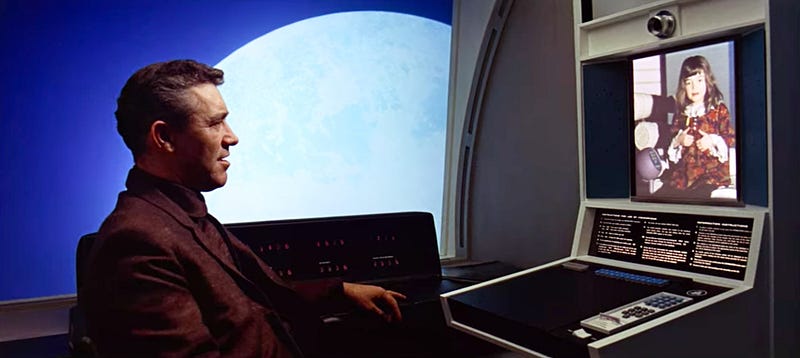
The Future We Didn't See Coming
Our Interstellar Future in the Eyes of Science and Science Fiction explores the intersections of real science and speculative fiction, examining what the future may hold.
The View From the Future Possible: Science Fiction and Caribbean Histories delves into how science fiction can reflect and influence societal narratives and historical contexts.